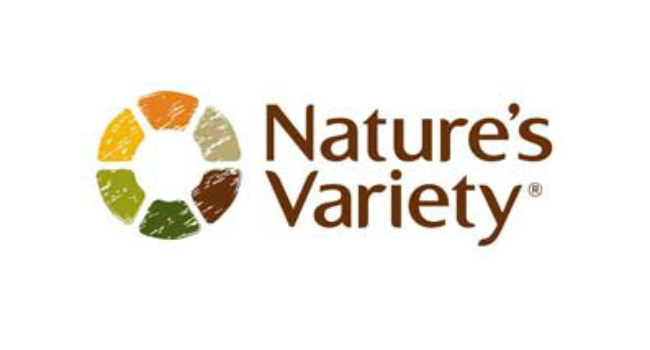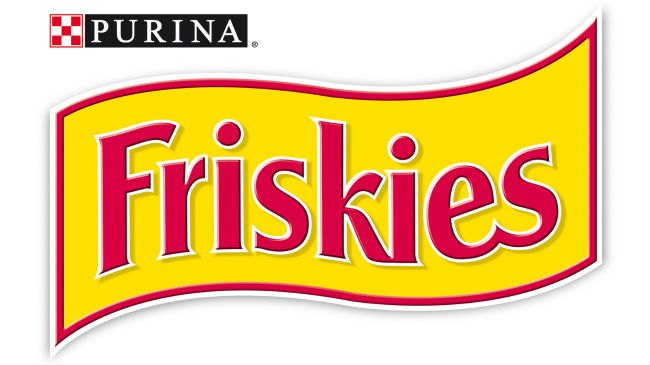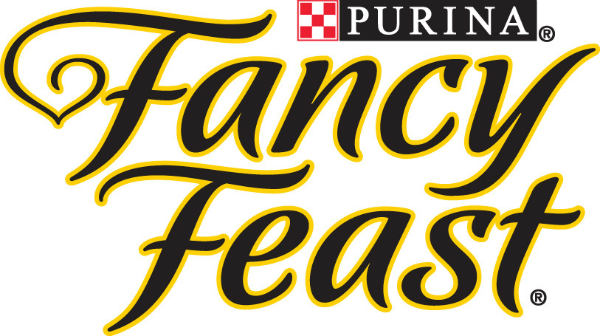Do you know what makes up an ideal dry cat formula? When it comes to nurturing felines, not a lot of cat owners know what exactly they should be looking for in cat foods. While choosing a canned formula is easy, choosing dry formulas can be a challenge. This is because most dry cat food manufacturers prefer using grain based ingredients in these formulas. These grain based ingredients can be harmful to the health of your feline. The best dry formula contains a meat meal type as the main source of protein, and it should also contain healthy fruits and vegetables.
The Natural Variety Duck Meal and Turkey Meal is one of the many dry cat formulas in the market today. According to the manufacturer, this is the perfect formula for your feline. It is said to be made of 75% pure animal ingredients and healthy oils and 25% vegetables and fruits. It is a non-grain based formula and contains no potatoes or gluten.
Is this formula ideal for your felines?
Ingredients List
Duck Meal, Turkey Meal, Chicken Meal, Herring Meal, Chicken Fat (preserved with Mixed Tocopherols and Citric Acid), Tapioca, Pea Starch, Chicken Eggs, Tomato Pomace, Natural Chicken Flavor, Montmorillonite Clay, Potassium Chloride, Vitamins (Vitamin E Supplement, L-Ascorbyl-2-Polyphosphate, Biotin, Niacin Supplement, Vitamin A Acetate, d-Calcium Pantothenate, Riboflavin Supplement, Pyridoxine Hydrochloride, Thiamine Mononitrate, Vitamin B12 Supplement, Beta Carotene, Vitamin D3 Supplement, Folic Acid), Minerals (Zinc Proteinate, Iron Proteinate, Manganese Proteinate, Copper Proteinate, Sodium Selenite, Ethylenediamine Dihydriodide), DL-Methionine, Choline Chloride, Salt, Taurine, Pumpkin, Carrots, Apples, Dried Kelp, Inulin, Blueberries, Cranberries, Yeast Culture (Saccharomyces cerevisiae), Dried Enterococcus faecium Fermentation Product, Dried Lactobacillus acidophilus Fermentation Product, Dried Aspergillus niger Fermentation Extract, Dried Trichoderma longibrachiatum Fermentation Extract, Dried Bacillus subtilis Fermentation Extract, Freeze Dried Duck (Including Freeze Dried Ground Duck Bone), Freeze Dried Turkey, Freeze Dried Turkey Liver, Freeze Dried Turkey Heart, Apples, Carrots, Butternut Squash, Ground Flaxseed, Broccoli, Lettuce, Spinach, Apple Cider Vinegar, Parsley, Honey, Salmon Oil, Rosemary Extract, Olive Oil, Alfalfa Sprouts, Persimmons, Rosemary, Sage, Clove.
An overview of the first five ingredients
Duck meal
Duck is an excellent alternative meat source and provides very high quality meat proteins for your cat. Since this is listed as a meal, almost all of the moisture was removed before the cooking process. That means, in dry cat food products, this will provide much more protein than its whole duck counterpart. We are very pleased to see this ingredient listed.
Turkey meal
Turkey is a fantastic source of very healthy animal based proteins. Since this is listed as turkey meal, that means almost all of the moisture was removed prior to the cooking process. This is actually a good thing as it will contain many times more protein than turkey that was cooked without the moisture being removed. As one of the best protein sources for cats, we are very pleased to see this ingredient listed here.
Chicken meal
Chicken meal is ground up chicken meat that has been carefully dried to a moisture level of 10%. The protein content is 65% and the fat level is 12%. Many pet owners feel that chicken is a superior ingredient to chicken meal. It would seem logical that feeding a pet a whole, non-rendered chicken would be good. However, whole chicken still contains its moisture content prior to cooking and since whole chicken consists of about 80% moisture, after the cooking process is over there isn’t much left. With chicken meal, the moisture was removed prior to cooking. That means, chicken meal actually has a much higher protein percentage and provides far more beneficial nutrients to your cats than whole chicken. Meals consist of meat and skin, with or without the bones, but exclusive of feathers/hair, heads, feet, horns, entrails etc. and have the proper calcium/phosphorus ratio required for a balanced diet. It’s also important to note the quality difference between “chicken by-product meal” and “chicken meal.” While we do take exception to chicken by-products, chicken meal is actually a very high quality and nutritious ingredient. We are happy to see this listed.
Herring meal
Herring is a silvery fish that is most abundant in coastal waters. Fish provides an excellent source of proteins as well as high amounts of healthy omega-3 and omega-6 fatty acids. Some people worry about mercury levels in fish. It’s true that all fish contains some degree of mercury, the level in salmon is much lower than other types of fish and the FDA doesn’t believe it causes any problems. Most herring in cat food is likely farmed herring, but higher end cat food (especially those labeled “natural”) can often times be fished from natural environments. The biggest problem with fish ingredients, including herring, is if the fish includes an antioxidant called ethoxyquin (EMQ). It is believe that ethoxyquin could be very harmful to cats and other animals. Always make sure you are using “Ethoxyquin free” cat food blends when they include fish ingredients. When in doubt, call the customer service number and ask.
Chicken fat
Chicken fat is a quality source of essential fatty acids and an excellent source of energy. Fat has a positive effect on the immune system and plays a beneficial role in stress response. Essential fatty acids are required for proper growth, reproduction, normal skin structure and a healthy coat. Because chicken fat contains virtually no protein, it’s use does not cause allergic reactions associated with the use of fresh chicken or chicken meal which contain high amounts of protein. Many times, mixed tocopherols, which are a natural source of Vitamin E activity, are used as a natural preservative to maintain freshness. This is considered a higher quality fat source in pet food.
Otheringredients in this cat formula
Tapioca
Tapioca is a source of carbohydrate obtained from the roots of the cassava plant (Manihot esculenta), which is indigenous to Latin America. It is not a cereal grain like corn or wheat which have links to food allergies in cats. The benefit to using tapioca in a pet food as the primary carbohydrate source instead of typical grains is tapioca’s biochemical simplicity. Grains are complex in the sense that they contain proteins and other phytonutrients in addition to carbohydrates. Tapioca is just starch – a combination of amylase and amlylopectin. There are no known canine or feline allergies to tapioca, so this is becoming a more common ingredient in many pet foods.
Pea Starch
Pea Starch is a natural gluten-free carbohydrate. This ingredient is often added to natural, holistic, and grain-free cat food products, but is used in much the same way as grains. Peas help to boost the protein content in the food, but since cats are obligate carnivores, they are not able to process plant based proteins. Some cats may also have some problems digesting this ingredient. While the risks of this ingredient are pretty low, there is very little, if any, nutritional benefit.
Chicken Egg
While raw eggs can cause some skin problems in cats, cooked eggs are healthy for cats and supply quite a bit of protein. Some cat owners prefer only feeding egg whites because the yolks can add a fairly high amount of cholesterol. In addition to the protein content, eggs also supply potassium, magnesium, calcium, phosphorus, copper, zinc, and iron. In moderation, this is considered a healthy ingredient for cats.
Is this an allergy causing formula?
No. This formula cannot cause allergies since it does not contain any allergy causing ingredients like corn, wheat and soy.
Harmful ingredients to avoid
Gluten – This ingredient is associated with causing allergies in cats. It is also known to raise sugar levels in cats. Over time, this can lead to diabetes. Gluten refers to the proteins found in wheat endosperm which is a type of tissue produced in seeds that’s ground to make flour. Many pet food manufactures will use this ingredient to help boost the protein percentage of the food.
BHT – Both BHA & BHT are preservatives that have been banned in human foods in many countries due to cancer risks. However, they remain approved for use in pet foods. A growing number of pet owners are becoming aware of the potential dangers these ingredients bring and are shunning all foods containing BHA and BHT. A quick internet search on these preservatives will show that the backlash is gaining steam with many cat food companies abandoning these ingredients. BHA and BHT are extremely controversial ingredients in all forms of pet food.
Conclusion
This is an above average cat formula that is ideal for all cats.It is ideal for all cats even the ones with allergies. It contains all the necessary ingredients your feline needs for healthy development.






